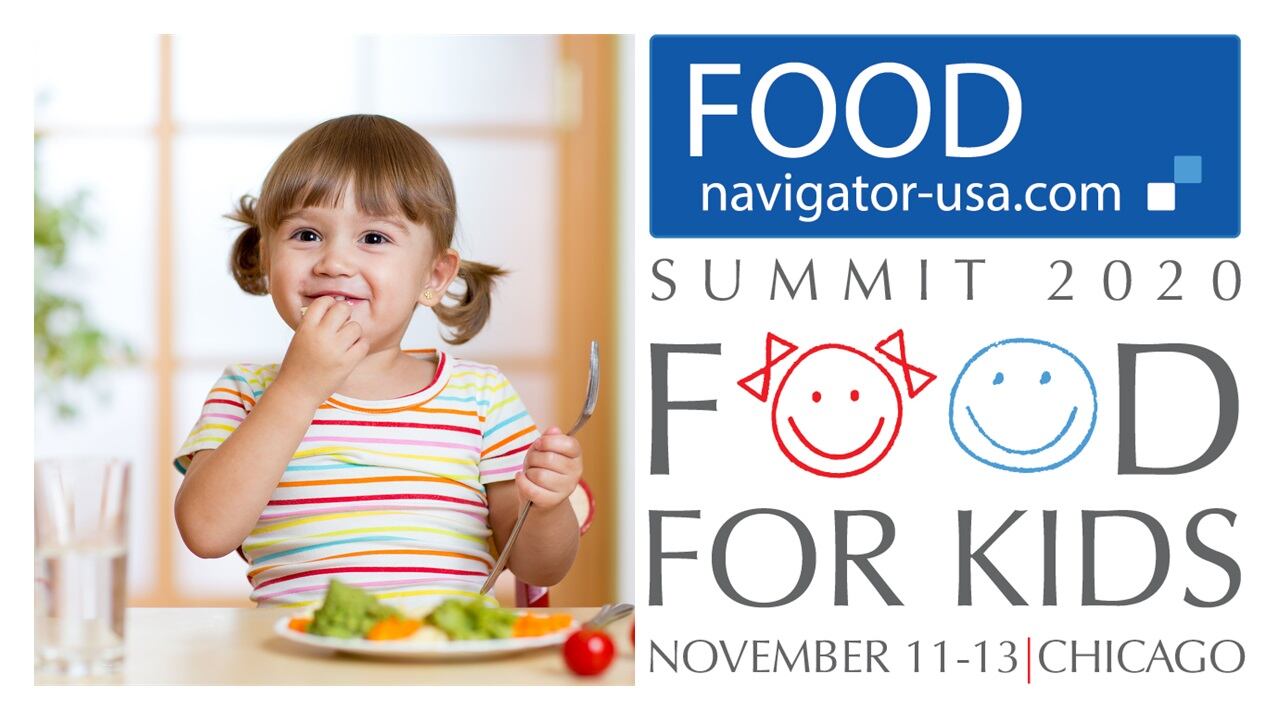“I understand it is hard to create products that are not super time consuming [for school staff to prepare], that are inexpensive and palatable and meet [the higher standards laid out in the Healthy, Hunger-Free Kids Act], but my request for the food industry is to keep working on and not to give up,” Marlene Schwartz, a professor at the Rudd Center for Food Policy and Obesity at the University of Connecticut, told FoodNavigator-USA.
She explained that her “biggest fear is that … the industry will stop moving forward and creating healthier products” for schools to feed students because they might think schools won’t want them after some several requirements of the Healthy Hunger Free Kids Act were either delayed, reversed or eliminated in 2018.
“I want the food industry to know that many school districts continue to hold themselves to the stronger standards” originally outlined in the Healthy Hunger Free Kids Act, and they need industry’s help to meet them, she said. “So, I hope the industry stays in the game to try and continue to create products that are healthier” but still low-cost and palatable.
Healthy, Hunger-Free Kids standards are improving children’s nutrition
In an editorial published today in the Journal of the Academy of Nutrition and Dietetics, Schwartz and Juliana Cohen, an assistant professor at Merimack College’s Department of Public Health and Nutrition, argue for ongoing support of stronger school meal nutrition standards laid out in the Healthy Hunger Free Kids Act even though they are no longer all mandatory.
They explain that USDA in 2018 “reversed course and weakened some of the school meal standards” outlined in the Healthy, Hunger-Free Kids Act of 2010, including reverting the required quantity of whole-grain-rich foods from 100% to 50% of grains offered, and delaying the first two phases of sodium limits and eliminating the third.
“The USDA reported that these changes were in response to concerns expressed by program operators,” including “concerns that providing healthier foods to students would result in increased food waste in the cafeteria,” “potentially higher costs for healthier foods and/or decreased school meal participation rates,” and because “the food industry needed more time to develop new products to meet the stronger nutrition standards,” Schwartz and Cohen explain in the editorial.
But, they add, new evidence suggests that the concerns are unfounded.
For support they pointed to the results of a national study that examined the influence of the Healthy Hunger-Free Kids Act on the quality of school means that accompanied their editorial in the same issue of the Journal.
That study, which was part of the USDA’s School Nutrition and Meal Cost Study, found the Healthy Eating Index 2010 scores of a nationally representative sample of public schools in the winter and spring of 2014-15 improved from 58% of the maximum possible score pre-implementation of the Act to 82% after for lunches.
“Greater quantities of total fruit, whole fruit, whole grains, and dairy, and limited availability of refined grains and empty calories results in nearly perfect scores post-implementation,” they note, adding, “Similar improvements were also observed for the quality of school breakfasts.”
Changes did not increase food waste
Concerns that students would rebel against these changes and waste more food did not come to fruition, according to the study and editorial.
Schwartz and Cohen pointed to early regional studies that found student waste of fruits, whole grains and vegetables did not increase before and after the implementation of the new standards – but it also did not go down.
Research shows that students continued to waste about a third of vegetables and milk, a quarter of fruit, fruit juice and grains and a fifth of combination entrees and meat or meat alternatives.
“The persistent level of waste of fruits, vegetables and milk remains a concern,” but given the consistency before and after implementation of the Healthy, Hunger-Free Kids Act, Schwartz and Cohen write that “weakening the standards will likely have minimal effects.”
They suggest more effective strategies are to alter the timing and length of students’ lunch periods.
“Making sure that students have an adequate amount of time to eat has been show to make a difference in food waste,” as has scheduling lunch closer to “the real lunch time,” Schwartz said. She explained that the logistics of feeding so many children in shifts means some eat lunch at 10:30 am and some eat closer to 2 pm. Those in the earlier periods likely aren’t as hungry as they would be later in the day, making it less likely they will finish their food, she noted.
“A place where industry could help is to offer their expertise about how to move children through the lunch line faster,” so that schools can serve more children during time periods closer to noon, she said.
Healthier meals boost participation, not reduce it
One of the reasons that USDA rolled back some Healthy, Hunger-Free Kids Act standards was because it feared that providing healthier options would increase food costs and decrease participation, which would further limit schools’ already tight food budgets.
Schwartz and Cohen note the accompanying research published alongside their editorial found that it did not cost significantly more to produce healthier meals … compared with meals with the lowest nutritional quality scores.
They also noted that participation in schools with healthier meals was significantly higher (61%) compared with 50% at schools that served the least healthy lunches.
Based on these results, Schwartz and Cohen urged school districts to continue to follow the standards laid out in the Healthy Hunger Free Kids Act, even they were no longer required to do so.
They also urged state legislators to enact guidelines at the state level that mirrored the uncompromised standards set in the Healthy Hunger Free Kids Act with the hope that strengthened requirements would encourage the food industry to continue innovating healthier products with the knowledge that schools would have no choice but to buy them.
But Schwartz said she hopes that food manufacturers would create more healthy school lunches regardless of state and federal legislation and that schools would continue to demand it, even if not required.
“Childhood obesity has not gone away,” and all players must work together to find a solution, Schwartz said.
Interested in developing foods and beverages for children?
Checkout FoodNavigator-USA’s FOOD FOR KIDS summit in Chicago November 11-13, which brings together stakeholders from across the industry to explore what kids are eating, what they should be eating, and how retailers, CPG brands and foodservice companies can deliver affordable, nutritious products that kids want to eat, and parents can feel good about buying.
Find out more at www.foodnavigatorusasummit.com.





